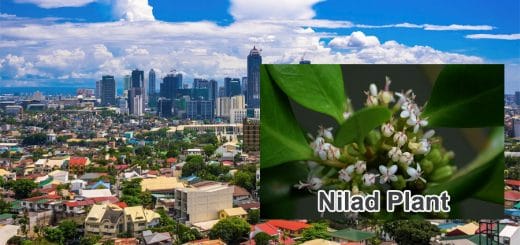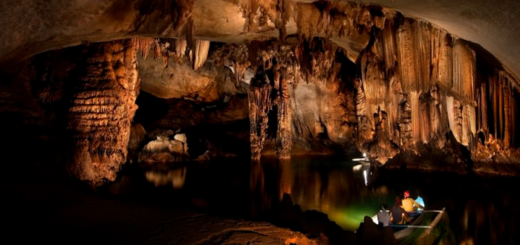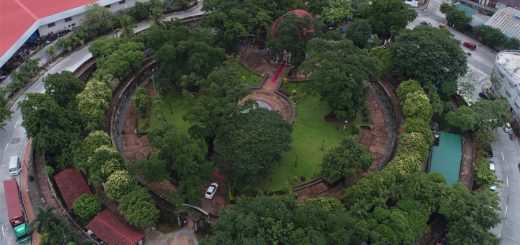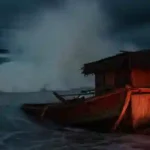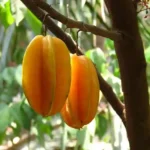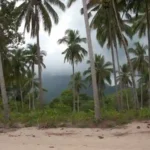The West Philippine Sea
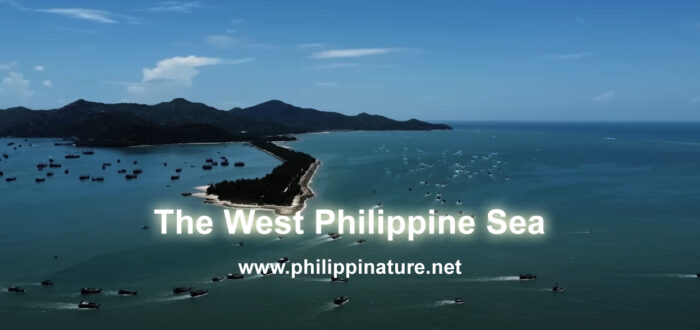
The West Philippine Sea, a vibrant body of water in the western part of the Philippine archipelago, stands at the crossroads of ecological richness and cultural significance. Stretching from the Luzon Strait in the north to the Sulu Sea in the south, this maritime region is not only a vital resource for the Philippines but also a focal point of international diplomacy and environmental conservation.
West Philippine Sea is a treasure trove of biodiversity. Its coral reefs, including the renowned Tubbataha Reefs Natural Park, are among the richest in the world. These underwater gardens are home to a plethora of marine life, including vibrant corals, diverse fish species, sea turtles, and sharks. The reefs play a crucial role in sustaining local fisheries, which are a primary source of livelihood for many Filipinos in coastal communities.
Mangrove forests and seagrass beds in the area provide essential habitats for juvenile fish and other marine creatures. These ecosystems act as natural buffers against storm surges and coastal erosion, making them invaluable not only for biodiversity but also for coastal protection. The sea is integral to the way of life for many Filipinos, shaping their traditions, cuisine, and identities. Fishermen and their families depend on the sea for their daily subsistence, and their knowledge of the marine environment is passed down through generations.
Traditional maritime practices, such as the use of boats known as “bancas” and techniques like “payao” (fish aggregating devices), are deeply rooted in the local culture. Festivals and rituals celebrating the sea and its bounty are common, reflecting the profound connection between the people and their maritime heritage.
Given its ecological importance and the pressures from human activity and geopolitical tensions, conservation efforts in the West Philippine Sea are crucial. Various organizations and the Philippine government are working to protect and restore marine ecosystems through initiatives such as marine protected areas, sustainable fishing practices, and environmental education.
Collaborative efforts with neighboring countries and international organizations are also essential in addressing transboundary challenges. By promoting regional cooperation and sharing best practices in marine conservation, stakeholders hope to safeguard the West Philippine Sea’s rich natural resources for future generations.
West Philippine Sea territorial disputes
The West Philippine Sea is also known for its complex geopolitical landscape. Its strategic location and abundant resources have made it a flashpoint for territorial disputes, primarily between the Philippines, China, and several other Southeast Asian nations.
China’s extensive claims over the South China Sea, which include parts of the West Philippine Sea, have been a source of tension. The “nine-dash line,” which China uses to assert its claims, overlaps with the Philippines’ Exclusive Economic Zone (EEZ) as defined by international law. This has led to conflicts over fishing rights, oil and gas exploration, and military presence.
The Philippines has sought to resolve these disputes through international arbitration. In 2016, the Permanent Court of Arbitration in The Hague ruled in favor of the Philippines, invalidating China’s expansive claims. Despite this, tensions remain high, with ongoing confrontations at sea and diplomatic negotiations attempting to address the competing interests of various nations.
West Philippine Sea is Ours.
The West Philippine Sea is a region of immense significance, embodying a blend of ecological, geopolitical, and cultural elements. As the Philippines continues to navigate the complexities of territorial disputes and environmental conservation, the focus must remain on balancing the needs of the present with the preservation of this vital maritime treasure.
By fostering dialogue, promoting sustainable practices, and reinforcing the importance of environmental stewardship, there is hope for a future where the West Philippine Sea remains a source of life, livelihood, and cultural pride for all Filipinos.
References:
https://www.inquirer.net/west-philippine-sea/
https://en.wikipedia.org/wiki/West_Philippine_Sea

